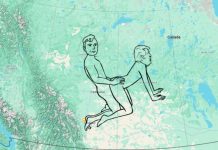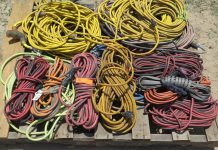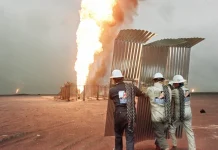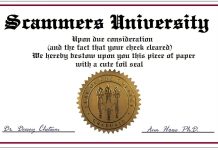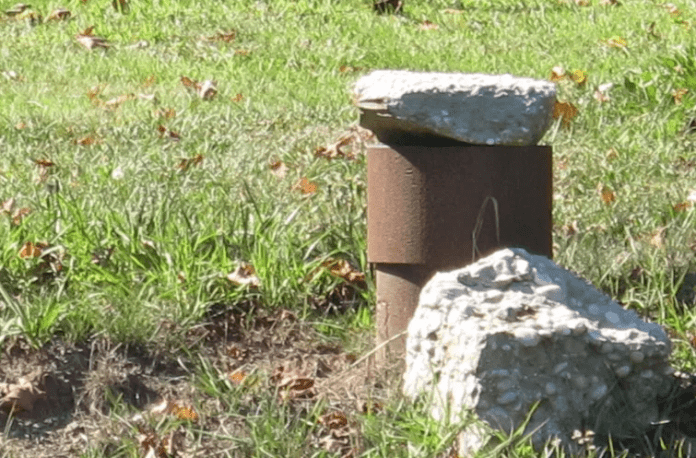
BREA, California – Dry holes are a fact of life in the oil and gas industry. Trouble is, management gets all pissy if you drill one and even more so if you drill several in a row. 2P News surveyed a number of petroleum professionals to compile this list of why a dry hole happens. Feel free to borrow or adapt one of these excuses for your own situation.
-
- My dog ate the map and I couldn’t find it in his poop.
- The engineer/geologist ate the map.
- Space aliens abducted the reservoir and their anal probe let all the oil leak out.
- The surveyor staked the well location in the wrong hemisphere.
- The driller stopped 10 meters above the objective reservoir and lied about the depth.
- The seismic was processed wrong and showed an anticline when the structure was actually a syncline.
- The mud engineer got confused at the supply shack and used cement instead of barite to weight up the mud.
- The logging company messed up the log scale so 100 ohms looked like 1 ohm.
- Heat from recent volcanic activity baked all the oil in the reservoir into tar.
- An earthquake during drilling created a new fault that cut out the pay section.
- The perforating gun didn’t penetrate the casing or was off depth.
- The permafrost at the location went really, really deep.
- In the many worlds interpretation of quantum mechanics, the oil is there but we just drilled into one of the infinite worlds where the oil was not present.
- We hit reservoir, had great oil shows in the shaker, but the oil was stubborn and just didn’t want to leave home.


There are many other excuses that can be dreamed up but the truth is oil in commercial quantities is hard to find. The best we can do is reduce the odds of a dry hole. The bean counters and MBA’s can’t seem to get that through their thick skulls. So, the first thing they think of to reduce expenses is to fire the geologists and engineers. All they have to do to replace reserves is buy another company. That works until you run out of companies.
